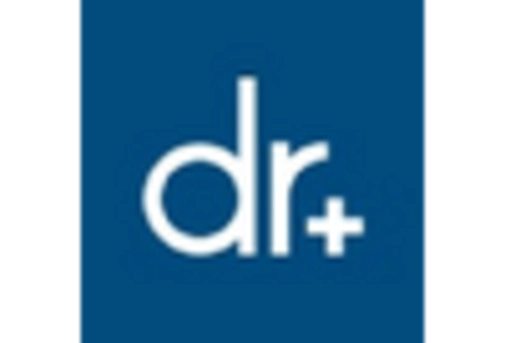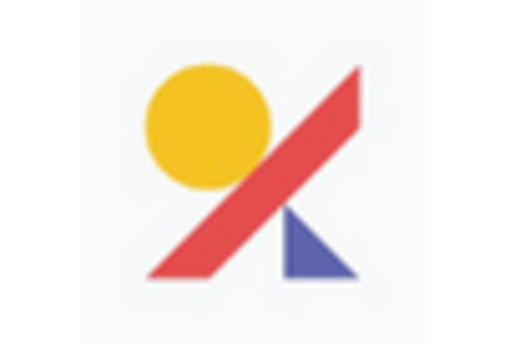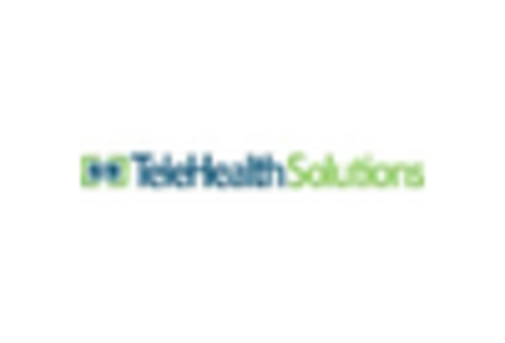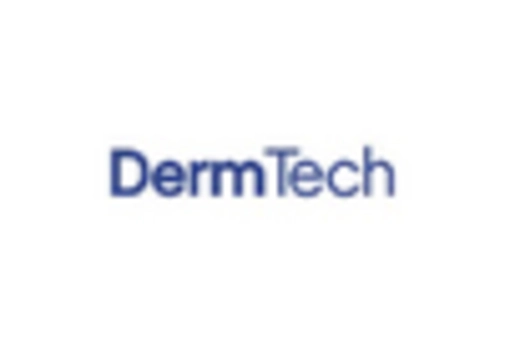The US Teledermatology Market has been witnessing significant growth, driven by advancements in technology, increasing awareness of dermatological conditions, and a growing demand for remote healthcare solutions. As the market becomes more competitive, various companies are focusing on enhancing their service offerings, expanding their market reach, and improving patient data security to capture a larger share. The competitive landscape is characterized by an influx of startups and established health service providers, all seeking to leverage telehealth platforms to deliver efficient dermatological care.
Companies are not only aiming to provide real-time consultations and accurate diagnostics, but they are also striving to enhance user experience through intuitive interfaces and personalized patient management systems. This environment fosters innovation, and as a result, patients have a wide array of options for teledermatology services across the United States.
MDLive has established itself as a key player in the US Teledermatology Market, leveraging its strengths to provide comprehensive virtual care services that cater to a variety of skin conditions. The company offers a user-friendly platform that allows patients to connect with board-certified dermatologists swiftly and conveniently. Over the years, MDLive has strengthened its market presence by focusing on customer satisfaction, yielding high ratings due to its reliable and accessible services. The organization employs a streamlined appointment scheduling system and ensures prompt follow-ups, which have enhanced its reputation among users seeking immediate care for dermatological issues.
This focus on accessibility, combined with a commitment to quality care, allows MDLive to maintain a competitive edge in a rapidly evolving marketplace.
Talk to a Doctor has emerged as a notable contender in the US Teledermatology Market, emphasizing accessibility to a wide range of dermatological services through its digital platform. The company's key offerings include virtual consultations with licensed dermatologists who provide expert opinions and treatment plans tailored to individual patient needs. Talk to a Doctor has cultivated a strong market presence by focusing on the convenience of 24/7 access, thus appealing to a diverse patient demographic. Strengths of the company include its easy-to-navigate interface, which facilitates seamless bookings and consultations.
Additionally, recent efforts in mergers and acquisitions have broadened its service portfolio and geographical reach, amplifying its competitive stance. By continuously enhancing its technological capabilities and expanding its network of healthcare professionals, Talk to a Doctor remains strategically poised to respond to the dynamic needs of the US Teledermatology customer base.























Leave a Comment